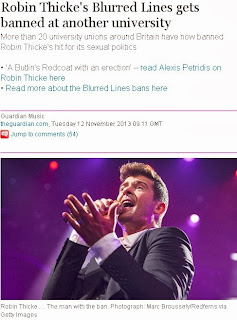 |
| 'Social film': blurring audience/ad/producer divide |
In time, we'll consider various
web 2.0 theories that typically argue that the contemporary, highly interactive (as opposed to top-down, one way) web is seeing the
traditional dividing line between audience/consumer and producer wither
away. Concepts such as
UGC (user-generated content) and
fan-made videos
(a key revenue source for YouTube and record labels, through the
advertising attached to these) have become very mainstream. Viral
campaigns also present ads as fictional or reality texts (including
music videos, not just film/'reality' clips).
The fiasco of
Snakes on a Plane showed that
democratising and
outsourcing
creative work to an audience (in that case in an effort to create
money-spinning buzz and awareness) can be a disaster, but we will most
certainly see more and more of this.
I've blogged elsewhere about examples of film production company Working Title's slick marketing campaign for films such as
Tinker, Tailor, Soldier, Spy,
which used online (spy-style) puzzles as part of multimedia campaign
spanning supermarkets, posters and other such traditional fare with
social media elements.
If you watch the short video
below (3mins), ask yourself where the line is drawn here between
audience and producer, and film and advertising (the title meshes with
Intel's slogan, Intel inside), with the audience given chances to appear
in the
film and shape the script, whilst the blogs and other online videos and
guides that sprang became part of the
meta-text (a
postmodern theory term).
Then ask yourself what use YOU are making of social media for producing your work. Have YOU used social media for...
- casting?
- initial genre/audience research through fan forums?
- generating pre-release buzz through a company blog/FB/Twitter/Instagram (etc!)?
- gaining audience feedback through any of the above (and YouTube/Vimeo of course)?
- used tagging/labels in Blogger/YouTube etc to attract more hits to help with the above?
- tried YouTube video responses/messages/comments to link to other film/video-makers?
- designed a viral-style campaign element which helps to involve an audience and increase publicity/awareness?
- generated and used a QR code as part of this?
- generally considered options for direct audience involvement in/influence on your production?
This is the film
Inside,
which is itself a good example of the viral methods used by
conglomerates these days to get through to ad-weary and wary consumers
(Toshiba and Intel were behind this movie):
IMDB,
Wiki, links to their FB/website etc are in
this article. They coined the term '
social film' for this approach.





